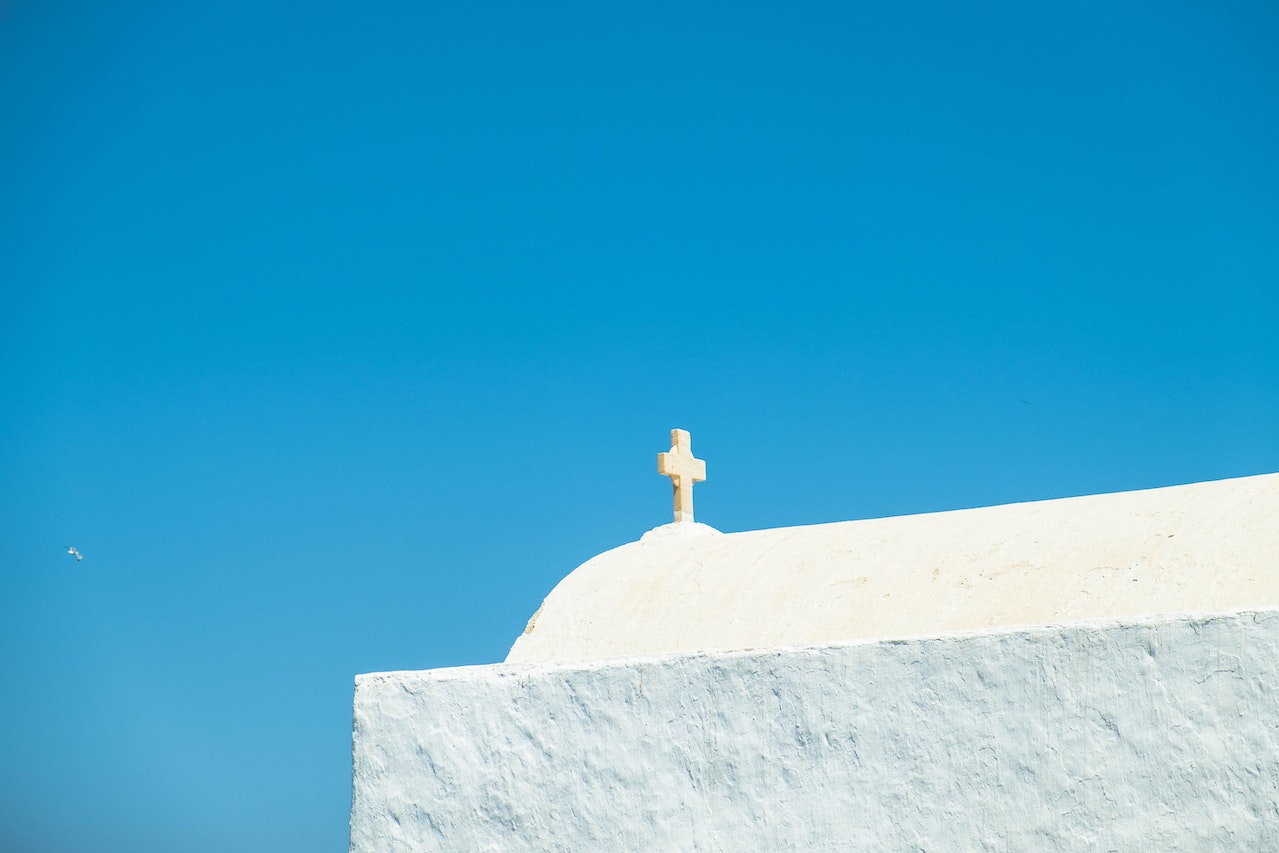The ultimate traditional Mykonos festival experience!
It was August 27th at last. Tonight I was going to bring all my friends to an awesome traditional Mykonos festival, the one I had been helping to organize for two days now! I think that St. Phanourius, the saint honored in the festival (“panigiri” in Greek, I will never forget that word), would be proud of me.
Two days ago, Katerina, after I told her I was serious about the whole Mykonos experience, took me with her to help with the preparations. While my friends were at the beach eating “kalamarakia” (squids), I met with the two local families that own the St. Phanourius church; it is a custom in Mykonos to privately own most small Cycladic churches. The two families had gathered all relatives and friends – everyone was very nice and friendly and I was mesmerized by the cheerful atmosphere.
We started by cleaning the precious orthodox icons, and then we painted the whole church with lime, which is a traditional, very common, practice for Cycladic churches (and the secret of the incredible chalk white-blue Cycladic contrast – white for the houses and churches and blue for the Greek sea and sky… So, so beautiful). The painting was a very interesting experience, as it was the setting of the tables (dozens of them). I went back to our villa exhausted, but feeling very rewarded.
The next day, August 26, was the real fun; that was the day we would cook and prepare the St Phanourius pies (“phanouropita”)! I have a great story to share about these special pies: First of all, you’re allowed to only use an odd number of ingredients ; 7, 9, or 11. We used flour, cinnamon, clove, olive oil, orange juice, sugar, and raisins (7). The second thing you need to know about these pies is the reason Greek Orthodoxes make them: To ask St. Phanourius to reveal something good to them (“Phanourius” comes from the verb “phanerono”, which means reveal). After making the pie, you leave it at the church along with a piece of paper with your loved ones’ names written on it, for the priest to bless the pie and read the names aloud for good health. After the end of this ritual, the pies are cut in pieces and shared with everyone outside the church. Making “phanouropita” for St Phanourius day is a very common practice in Greece, whether you are religious or not. Needless to say, the pies are d-e-l-i-c-i-o-u-s.
So, time for cooking! There were 2 enormous pots (I think 5 people could easily fit in each one) which the men used to cook stew. The women, me included, were responsible for all the rest: French fries, fried eggplants, meatballs, tzatziki (who doesn’t love tzatziki?!), Greek salads, beet salads, and yummy garlic dip (OK, you get it, I love garlic). I have to admit that I was eating more than actually helping with the cooking, but thankfully the locals were so nice that they didn’t seem to hold that against me. Many hours and much, much food later, day 2 was over. I couldn’t wait for “panigiri” to begin next day!
To be honest, I don’t think I’m able to accurately describe the atmosphere of a traditional Mykonos festival. You really have to be there. My friends absolutely loved it; and were very proud of me helping with the preparations (next time, they promised, they would definitely follow my example). Of course the food was amazing and there was plenty of great wine, but the real happening was the endless dancing.
The traditional musicians kept playing until the morning light, they were tireless! After a while, I think, I think, I learned how to dance every single traditional dance. But even if I’m delusional, who cares? Everyone was so joyous, the locals and the tourists, there was so much fun I could not believe it. And as if the Greek sun, the sea, and the luxury weren’t enough, I had now found another reason to come back to TopMykonosVillas: Katerina, next Summer please take me with you again to help with any “panigiri” arrangements!

Till next time,
Anna*
* Anna is an Amsterdam-based writer, and a keen traveler. She only writes about stuff she really, really enjoys.





Comment (0)